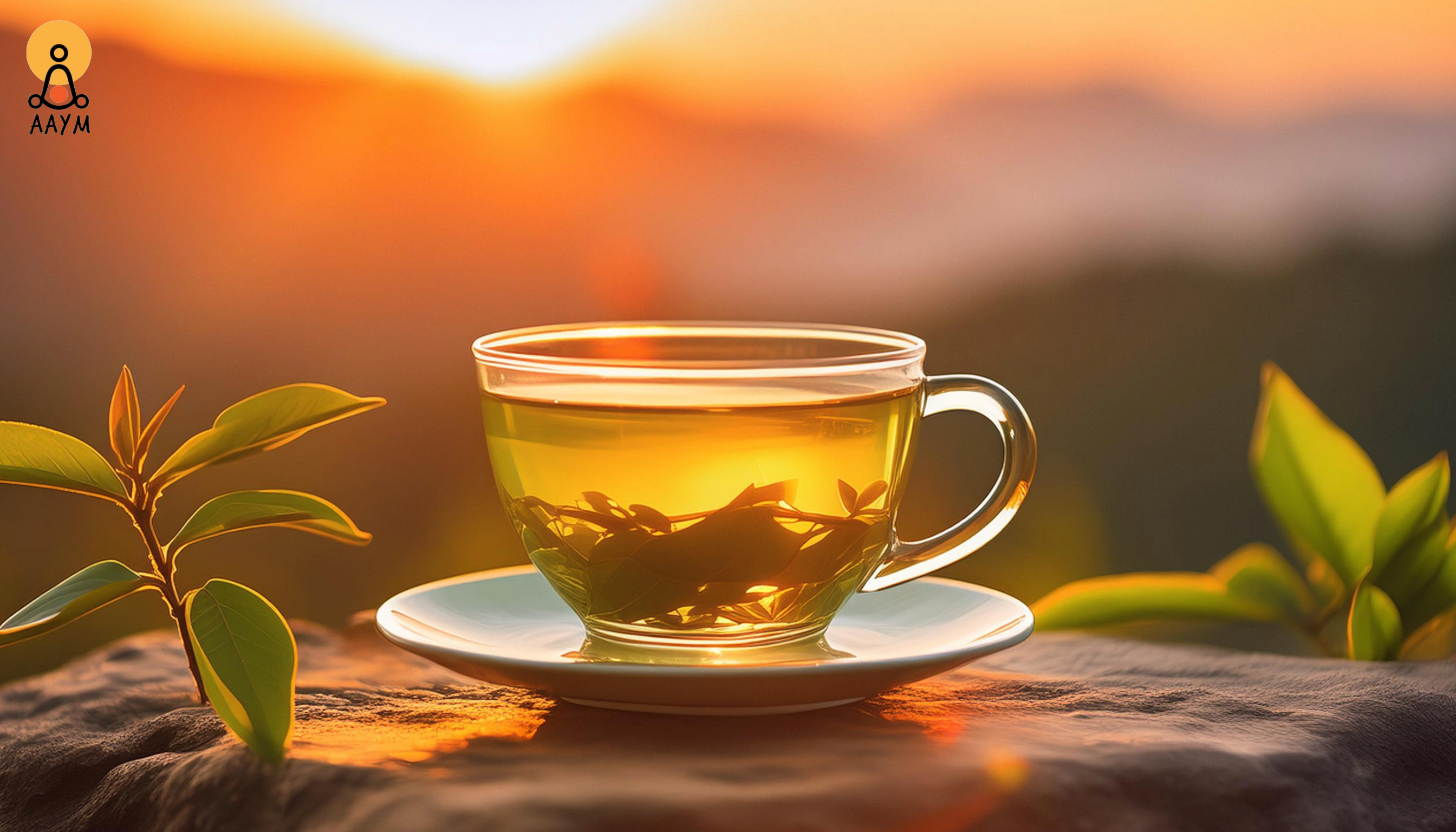Green tea is a beloved beverage worldwide, renowned for its flavor and numerous health benefits. Whether you’re a first-time drinker or revisiting this classic brew, here are some essential tips to help you enjoy green tea to the fullest. We’ll cover everything from maximizing health benefits to brewing the perfect cup. Let’s dive in!
Health Benefits of Green Tea
Green tea is celebrated for its potential to improve overall health. Drinking about 3 cups a day is recommended to reap these benefits. Green tea can help reduce the risk of heart disease, diabetes, liver disease, obesity, and some cancers. A daily intake of 3 cups provides around 320 mg of polyphenols, powerful antioxidants that contribute to these health benefits.
However, it’s important to note that drinking more than 5 cups daily does not significantly increase the health benefits and can lead to side effects like caffeine jitters and upset stomach.
Special Considerations
While green tea is generally safe for most people, there are certain conditions where you might need to limit your intake. If you’re pregnant, nursing, or have specific health issues like heart, kidney, or liver problems, high blood pressure, digestive issues, anemia, diabetes, glaucoma, or osteoporosis, consult your doctor before increasing your green tea consumption. Also, be cautious if you have an anxiety disorder or are on certain medications.
Drinking Green Tea Safely
To avoid common issues like stomach upset and caffeine jitters, follow these guidelines:
Avoid Drinking on an Empty Stomach
The tannins in green tea can cause an upset stomach, especially if consumed on an empty stomach. To reduce this risk, it’s best to drink green tea between meals. Pairing green tea with a light snack, such as tea biscuits or mochi (a Japanese rice cake), can enhance your tea-drinking experience.
Avoid Drinking Late in the Evening
Green tea contains caffeine, half as much as black tea, and one-fourth of coffee. Drinking green tea in the evening can affect sleep patterns, so avoiding it after dinner is best. If you’re sensitive to caffeine, consider switching to decaffeinated green tea, though it may not offer the same health benefits.
Brewing the Perfect Cup of Green Tea
Brewing green tea correctly can make a significant difference in its flavor. Follow these steps for a perfect cup:
Ideal Brewing Time and Temperature
Green tea can become bitter if brewed for too long or in water that’s too hot. Steep green tea for 1-2 minutes in water that’s between 150 and 180 °F (66 and 82 °C), with the ideal temperature being around 170 °F (77 °C). You can use a kitchen thermometer to ensure the water is at the right temperature. Alternatively, let boiling water cool for about 2 minutes before using it.
Additions and Flavorings
You can enhance the flavor of green tea by adding milk, sweeteners, or other flavorings. Here are some options:
- Sweeteners: Sugar, honey, or stevia can balance out the bitterness.
- Milk: A splash of dairy or non-dairy milk (almond, oat, etc.) can add creaminess.
- Lemon: A squirt of lemon juice or a fresh lemon slice can brighten the flavor.
- Spices: Cinnamon, nutmeg, or grated ginger can add a warm, spicy kick.
- Herbal Blends: Mix green tea with your favorite herbal teas or add a few fresh mint leaves.
Traditional Japanese Style
For an authentic experience, try enjoying green tea in the traditional Japanese style:
- Serve the brewed tea in tiny ceramic cups on saucers.
- Fill each cup about one-third full, then add tea until they’re half full, and repeat until the cups are about three-fourths full.
- Pick up and hold your cup with your dominant hand while supporting it from below with your other hand.
- Drink the tea quietly, without slurping.
- Place the emptied teacup back on the saucer.
Brewing Methods
Here are some popular methods for brewing green tea:
Green Tea Bags
Tea bags are convenient and easy to use, though they typically contain lower-quality tea leaves. Here’s how to make green tea using a tea bag:
- Heat 8 fl oz (240 ml) of water to 170 °F (77 °C).
- Warm your tea cup with hot tap water, empty it and drop it in one tea bag.
- Pour the heated water into the cup and let the tea steep for 1-2 minutes.
- Remove the tea bag and enjoy the tea as-is or with your preferred additions.
Loose-Leaf Green Tea
Loose-leaf teas often provide a better flavor profile. Here’s how to brew loose-leaf green tea:
- Bring eight fl oz (240 ml) of water to 170 °F (77 °C).
- Measure out 2 g (about 1 tsp) of loose-leaf tea.
- Add the tea to an infuser ball and place it in a small teapot (or a saucepan with a lid).
- Pour the hot water into the teapot, cover, and steep for 1-2 minutes.
- Remove the infuser ball and pour the brewed tea into your cup, or strain the tea if you didn’t use an infuser.
Matcha Green Tea
Matcha is a powdered green tea that isn’t strained from the brew. Here’s how to make matcha:
- Add matcha powder to a small mesh strainer over your teacup. Use 2 g (about 1.5 tsp) for a lighter brew or 4 g (about 3 tsp) for a stronger brew.
- Slowly pour 2 fl oz (59 ml) of water heated to 175 °F (79 °C) into the teacup.
- Rapidly stir the tea for 10-15 seconds with a bamboo whisk (chasen) or a small metal whisk.
- Drink the tea as-is or add your preferred sweeteners or flavorings.
Conclusion
Green tea is a versatile and healthy beverage that can be enjoyed in many ways. By following these tips, you can maximize the health benefits and enjoy a delicious cup of green tea every time. Experiment with different brewing methods and flavorings to find your perfect cup. Cheers to your health and happiness!

